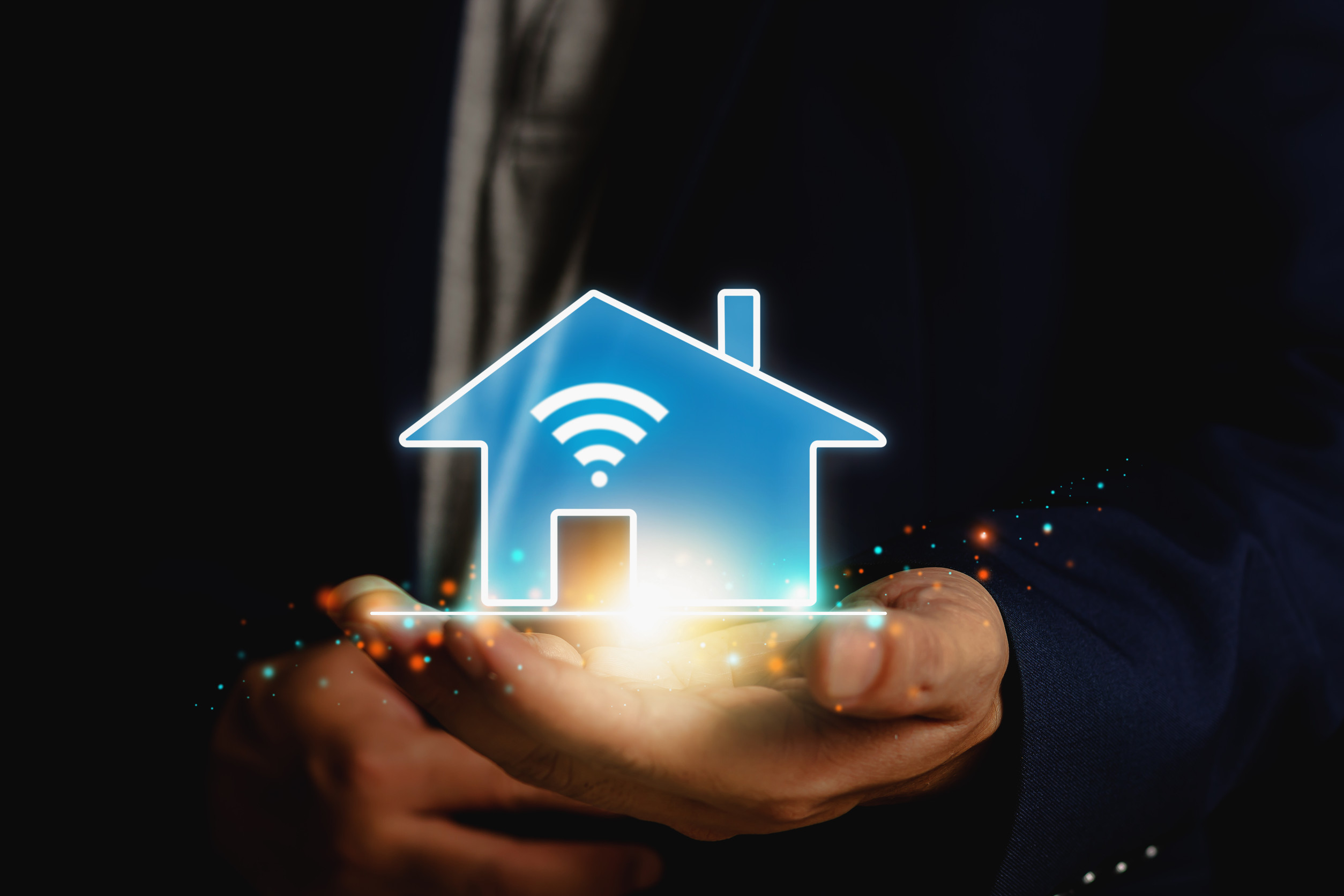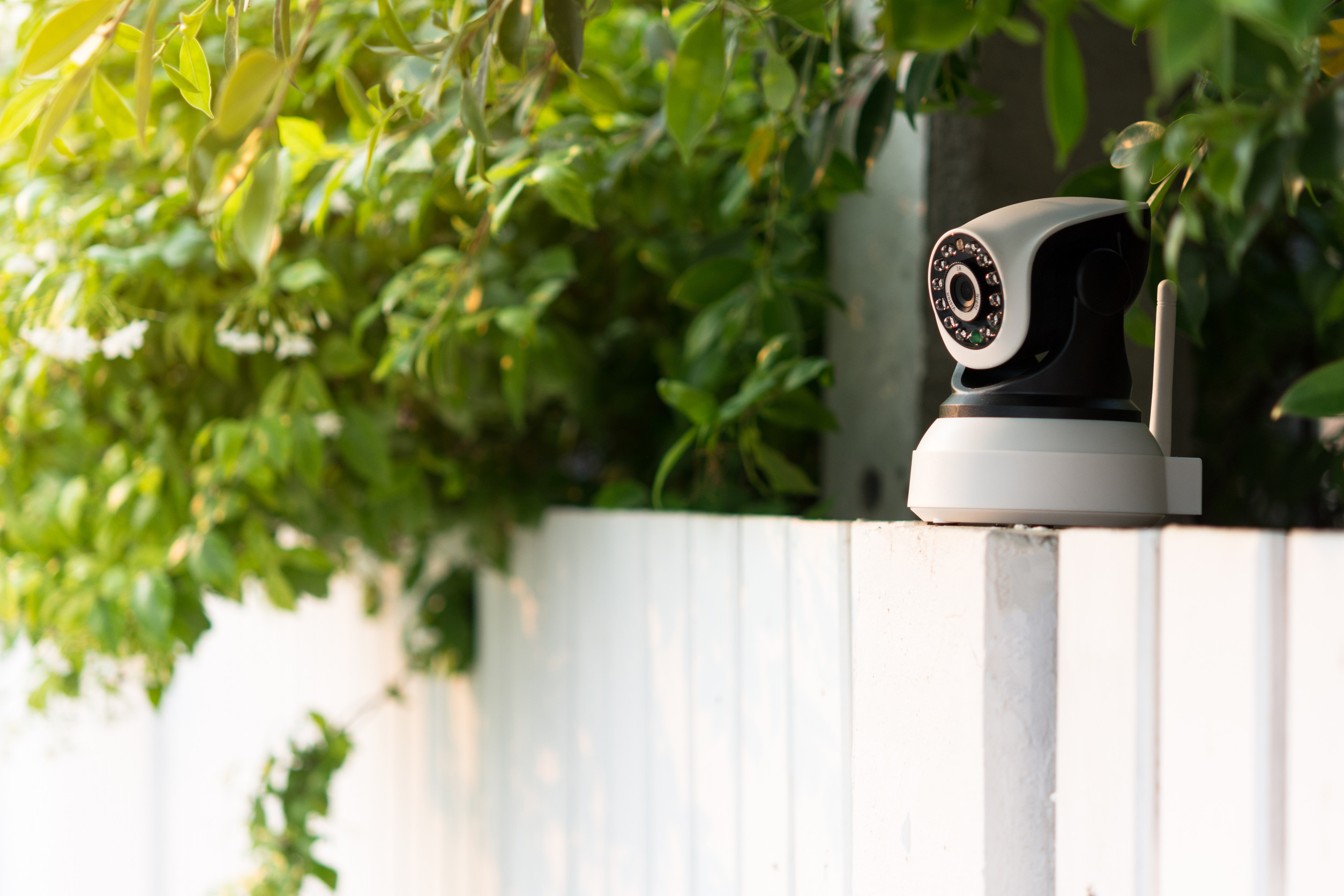The convenience of a smart home is undeniable—lights that respond to your voice, thermostats that learn your habits, and cameras that keep your property secure. But that convenience comes with a cost, especially when the very devices meant to protect or simplify life are quietly working against it. Many consumers don’t realize that their smart home tech can become tools of surveillance, either by malicious outsiders, overly curious insiders, or even the manufacturers themselves.
What once seemed like science fiction is now a real concern: smart homes turning into spying machines. Knowing the signs can help prevent an invasion of privacy before it’s too late.
1. Devices Suddenly Acting on Their Own
Unexpected behavior in smart devices is a major red flag. Lights turning on or off, thermostats adjusting randomly, or speakers playing audio without being triggered may indicate someone else has access. While technical glitches do happen, persistent or unusual activity is often a sign of external control. Hackers who gain access to a smart system often test it subtly before doing anything more invasive. If devices are making decisions without user input, it’s time to investigate.
2. Unusual Data Usage Spikes
Every smart home device uses data, but a sudden and unexplained surge could mean data is being transmitted elsewhere. Cameras, microphones, and even smart TVs can stream content in the background when compromised. Monitoring network traffic can reveal whether devices are “phoning home” or sending more data than expected. If your internet bill rises unexpectedly or devices use data while idle, someone might be watching or listening. Data spikes are often an overlooked but revealing sign of spying.
3. Strange Noises or Echoes from Smart Speakers
Smart speakers are always listening for wake words, but they shouldn’t make odd noises or echo voices during regular use. Clicking sounds, phantom responses, or audio feedback can suggest tampering or unauthorized activation. In some cases, compromised devices are remotely triggered to record conversations. If a smart speaker activates without being addressed or repeats user phrases, it may be doing more than it should. These signals should never be ignored.
4. Cameras Moved or Repositioned
Cameras that change position, zoom unexpectedly, or appear to be “tracking” movement on their own are highly suspect. While some cameras have automatic motion tracking, unauthorized repositioning often signals remote access. If recorded footage looks different or is missing key moments, someone could be trying to hide their access. Physical signs—like a slightly shifted angle—can be just as telling as digital logs. A vigilant review of security footage can uncover these manipulations.
5. Login Attempts or Access from Unknown Locations
Most smart home apps offer a log of login locations or account activity, and reviewing this can reveal unwanted access. If there are attempts from unknown IP addresses or devices not associated with the household, a breach is likely. Repeated login failures or two-factor authentication prompts can also be a warning sign. Cyber intruders often test passwords and monitor activity before engaging fully. The moment unexpected access appears, all credentials should be changed immediately.
6. Microphones Activating Without Input
Smart assistants and some smart TVs have built-in microphones meant to activate only with specific commands. If these devices light up or appear to be listening without any prompt, they may be under external control. Background monitoring can be triggered remotely by hackers or poorly secured manufacturer servers. This kind of behavior, especially when persistent, can mean conversations are being harvested. It’s essential to audit permissions and review activity logs when this happens.
7. Battery Drain or Device Overheating
When smart devices are secretly recording or transmitting data, they often consume more power. Phones, tablets, or smart hubs that overheat or have drastically reduced battery life could be doing more than their basic functions. Spyware or unauthorized processes running in the background often increase hardware strain. While software bugs can cause similar issues, persistent battery drain tied to smart home apps is suspicious. Checking system diagnostics may reveal what’s causing the spike.
8. Disabled Security Features or Changed Settings
Unexpected changes in privacy settings or disabled security features suggest tampering. Firewalls turning off, encryption settings reverting, or notification preferences being altered all point to possible infiltration. Hackers will often modify settings to reduce alerts or cover their tracks. If password requirements have weakened or automatic updates are disabled, it may not be an accident. Regularly auditing device settings helps detect unauthorized changes early.
9. Unknown Devices on the Network
Every smart home device connects to a home network, and network management tools can show all connected devices. If unfamiliar devices appear—especially ones labeled generically like “Camera,” “Speaker,” or “Phone”—someone may be piggybacking on the system. These rogue devices can intercept data, control smart appliances, or harvest personal information. Often, they are set up to blend in with legitimate gear, making them harder to detect. Scanning for new connections weekly can prevent hidden access points from going unnoticed.
10. Manufacturers Collecting More Data Than Expected
Not all spying is malicious—some of it is built into the business model. Many smart device manufacturers collect extensive user data, including voice recordings, habits, locations, and more. While some level of tracking supports product performance, excessive or unclear data collection can feel invasive. Reading privacy policies and user agreements reveals how much is being taken, and how little control users often have. If a device feels too invasive, opting out or switching brands may be the only safe choice.
Stay Smart in a Smart Home
Smart homes offer impressive functionality, but with that power comes vulnerability. Whether it’s a hacker, a corporation, or a poorly configured device, surveillance risks are very real. Recognizing the signs early helps prevent deeper invasions of privacy and offers a chance to take back control. Regular audits, strong passwords, and careful device selection go a long way.
Have any of these signs ever happened to you? Share your thoughts or experience in the comments—your insights could help someone else stay protected.
Read More
6 Smart Devices That May Be Listening During Legal Consults
8 Devices in Your Home That Could Be Raising Your Anxiety


